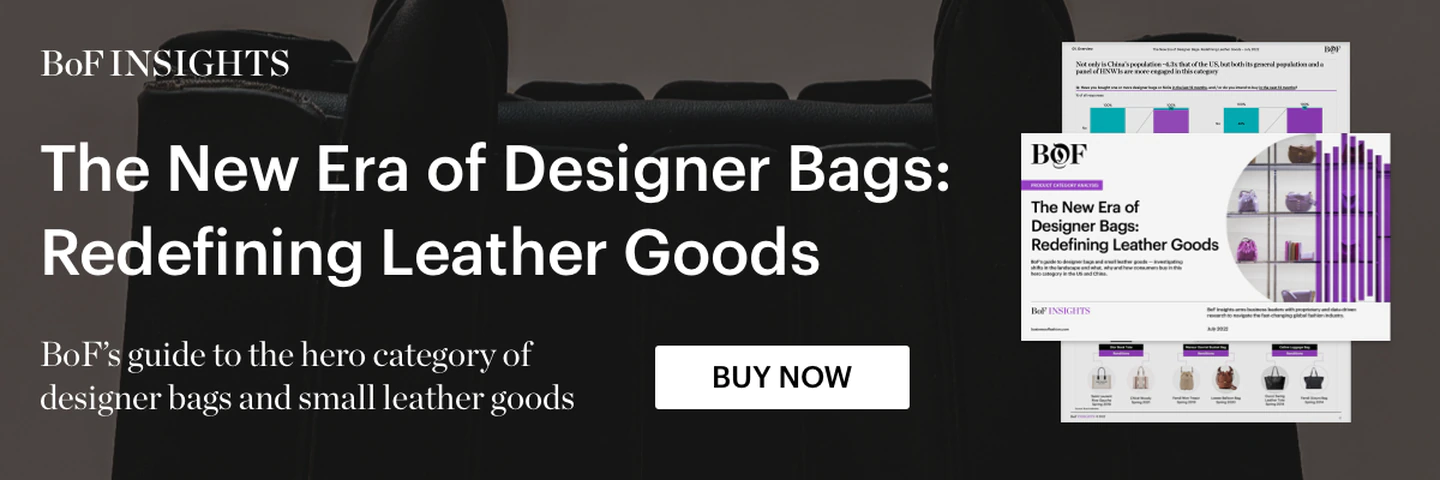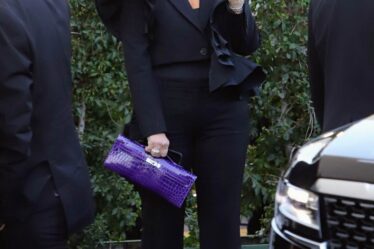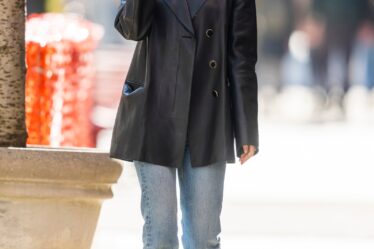
Designer bags and small leather goods are often the most recognisable products a brand can sell. They can also serve as an indicator of the wearer’s desired social standing and values.
That’s only going to be more true in the coming years. According to market research firm Euromonitor International, global consumer spend in the category is set to grow from an estimated $72 billion in 2022 to $100 billion by 2027.
The US and China currently account for over half of all global sales, and those two markets will continue to drive much of the future growth. Despite lingering pandemic effects and rumbles of a potential recession, proprietary BoF Insights surveys of consumers in both markets reveal high levels of engagement in terms of purchases in the last year and intent to buy in the upcoming year.
Meanwhile, competition between brands for these customers has never been fiercer. New contemporary bag brands tout similar levels of craftsmanship to heritage brands but at significantly lower prices. Streetwear-inspired bags are coveted and rare just like more traditional luxury offerings. Brands and retailers are also catering to sustainability concerns, including integrating alternative materials.
Below is a look to understand what’s at stake in this hero category.
The Opportunity
Over the next five years, the category is expected to grow even faster than it did pre-pandemic, helped by both pent-up demand from consumers and new products from designer bag brands meant to enable access at a variety of price points and functionalities. In both the US and China, designer bags are virtually ubiquitous among the wealthy and an important status symbol among much of the general population as well.
Finding the Right Mix
Luxury brands have made capturing a bigger share of this growing market a priority. Many labels generate a large share of their revenue from leather goods and have grown savvier about marketing these items both to their biggest customers and to entry-level shoppers who may be shopping with a brand for the first time. Holding onto these customers is not without its challenges; consumers are increasingly happy to rent a bag, or buy one secondhand rather than shopping new. Luxury labels are starting to engage with these markets but have yet to fully realise the pre-owned opportunity.



